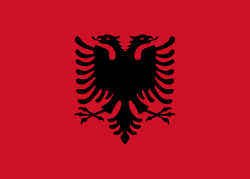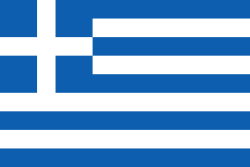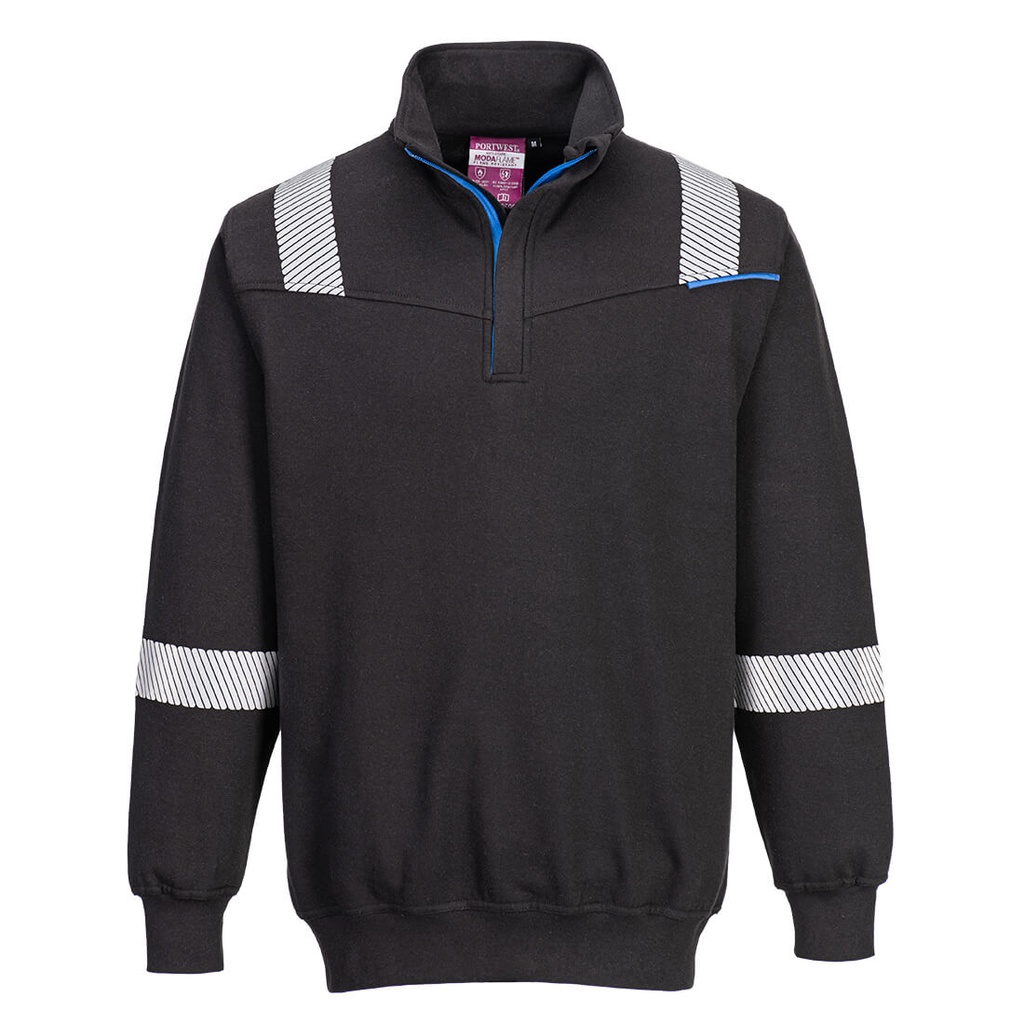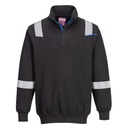FR710 Triko Flake Duruese WX3
Kjo xhup WX3 është ideale për punëtorët e ekspozuar ndaj nxehtësisë në mjedisin e tyre të punës. Veçoritë e kësaj veshje përfshijnë jakë me zinxhir menget dhe beli i thurur, duke e bërë atë të rehatshme dhe të lehtë për t'u veshur.
Vecorite
Vetite flakerezistuese nuk veniten gjate larjeve
Mbrojtje nga nxehtesia rezatuese, konvektive, dhe me kontakt
Permbajtje e larte pambuku per komfort superior
Menge te trikotuara per ngrojtesi dhe rehati
Perimetri me Rige
Ngjyre e qendrueshme dhe antitkurrje
Antistatike
Pelhure e klasifikuar me UPF 40+ per te bllokuar 98% rrezeve UV
Certifikim CE
CE-CAT III
Shiriti reflektues segmented eshte ngjitur me te nxehte
Pëlhura Kryesore : Modaflame Knit: 60% Modacrylic, 39% Pambuk, 1% Fibra Karboni 300g
Standards
EN ISO 11612 A1, B1, C1, F1
EN 1149 -5
IEC 61482-2 IEC 61482-1-1 Elim 9.2CAL/CM²
IEC 61482-2 IEC 61482-1-2 APC 1
ASTM F1959/F1959M-12 ATPV=16 Cal/CM2 (HAF=86%)

PORTWEST WX3
RELIABLE PROTECTION WHATEVER THE INDUSTRY Work environments can be tough on clothing, WX3™ workwear is designed to withstand tough conditions, combining reinforced stitching, abrasion-resistant panels, and our most durable fabrics. This combination of durable and robust fabrics, improved fit and better stretchability allows the wearer to move more freely, enhancing comfort and flexibility. Available in the core colours demanded by industry, WX3™ allows you to offer a uniform look to your workforce, regardless of their function and colour preference. With inner and outer pieces that can be layered up or down, WX3 offers exceptional versatility regardless of climate or industry.
EN ISO 11612 Heat & Flame
This test uses standard methods and conditions to predict the performance of fabric/garments in the event of contact with heat or flames. Specific testing is listed below: Dimensional change, Limited flame spread (A1+A2), Convective heat (B) - 3 levels, Radiant heat (C) - 4 levels, Molten aluminium splash (D) – 3 levels, Molten iron splash (E) – 3 levels, Contact heat (F) – 3 levels (temperature 250 degrees Celsius)Details
IEC 61482-2 Protective Clothing Thermal Arc Hazards
Standard for protective clothing against the thermal effects of an electric arc event. Two different test methods: Open Arc IEC 61482-1-1 and Box test EN 61482-1-2. OPEN ARC - IEC 61842-1-1 (USA). The first result, ELIM - The maximum incident energy (cal/cm²) the garment can withstand before the wearer would have a 0% probability of a second degree burn. The second result is either: ATPV (Arc Thermal Performance Value, cal/cm²) The maximum incident energy the garment can withstand before the wearer would have 50% probability of a second degree burn or EBT (Energy Break Open Threshold, cal/cm²) The incident energy at which a 50% probability of a breakopen occurs resulting in a second degree burn. Since ELIM indicates an energy value at 0% probability of a second degree burn and ATPV/EBT at 50% probability, the ELIM value is usually lower than ATPV/EBT. Large differences between the ELIM and ATPV/EBT results highlight the importance of wearing several layers of garments to ensure you are properly protected. EN 61482-1-2 (Europe) is evaluated in two classes in the same test: APC1 protects against electric arc of 4kA (arc energy 168 kJ), APC2 protects against electric arc of 7kA (arc energy 320 kJ). Unlike the American standard, there is not a result scale in this garment tests, only two levels where the garment either passes or fails. A garment with one layer of Flame Retardant fabric usually passes APC 1 - even thin shirt fabrics. To pass APC 2, a system with two or three fabric layers or a lined garment is normally required. This makes it more difficult to adapt the protection to the risk, without compromising on comfort. As APC 1 is a relatively low level of protection, we always recommend a basic protection of at least 8 cal/cm².Details
EN 1149 Anti-Static (ATEX)
This standard specifies PPE Clothing used in explosive environments (i.e. ATEX) where there is a risk that the garments could create sparks (source of ignition), which in turn could ignite explosive materials. Anti-Static garments marked EN 1149-5 are intended to be worn in Atex zones 1, 2, 20, 21 and 22. In oxygen enriched atmospheres or in zone 0, the Anti-Static garments should not be used without first being approved by a qualified Safety Engineer, as wear and tear can affect the protection of the garment and it is crucial that they are worn the correct way in these environments.Details
Inherent FR Garments
Inherent fabric guarantees lifelong protection for the wearer. The FR properties lie in the molecular structure of the fibres and cannot be washed or worn out. PROS: excellent heat and ARC protection, excellent colour fastness even after numerous washings hence good cost in use performance, typically lighter weight solutions with excellent comfort levels, typically used in less dirty environments where the corporate look is also important. CONS: limited protection against molten metal splash, typically a more expensive fabric than FR treated. The most common FR fibers used in protective clothing are modacrylics and aramidsDetails
Share this product:
| Garment Size | S - Small or M - Medium or L - Large or XL - XLarge or XXL - XXLarge or XXXL - 3XLARGE |
| Color | BKR Black |
Once the user has seen at least one product this snippet will be visible.









